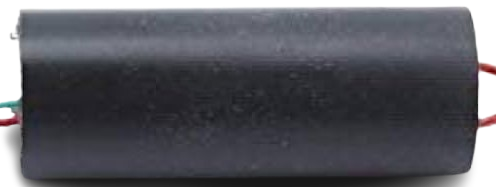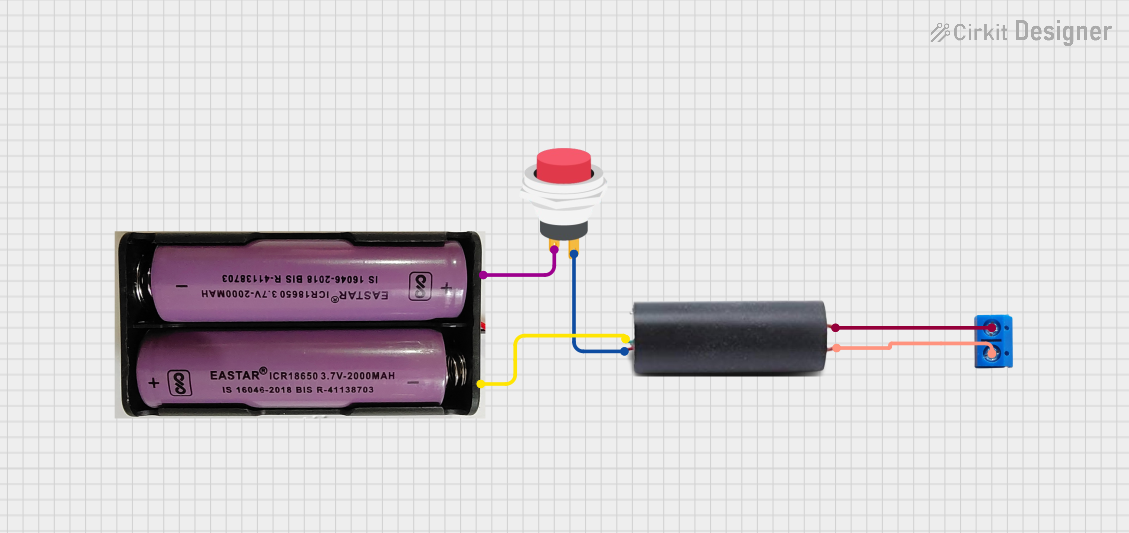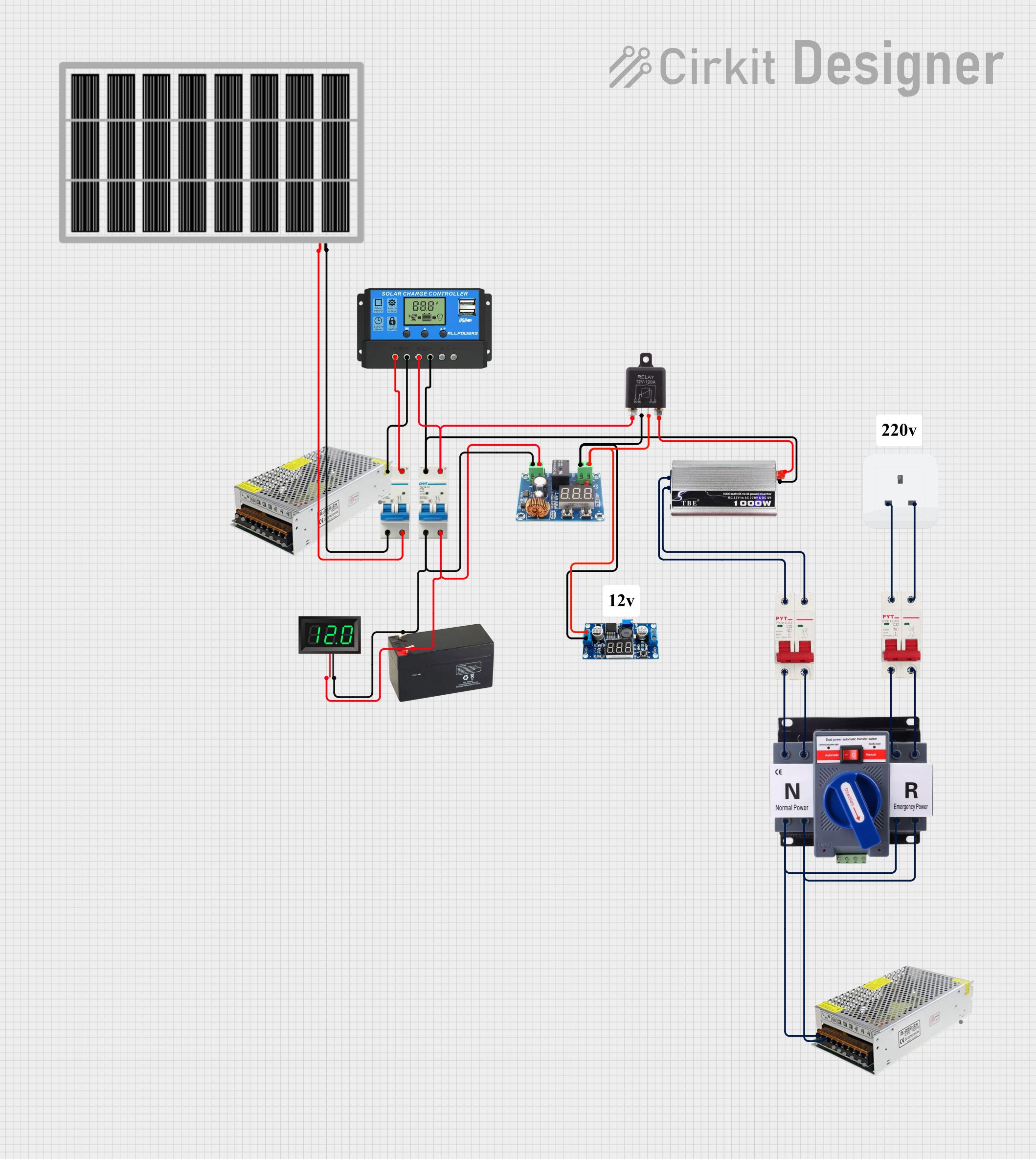
How to Use High Voltage Generator: Examples, Pinouts, and Specs

 Design with High Voltage Generator in Cirkit Designer
Design with High Voltage Generator in Cirkit DesignerIntroduction
A High Voltage Generator is a critical component in various electronic applications where a high voltage output is required. It is designed to convert a low voltage input into a high voltage output through a series of electronic stages including an oscillator, a transformer, and a voltage multiplier. Common applications include medical equipment, scientific experiments, industrial processes, and as a component in devices like cathode-ray tubes, photomultiplier tubes, and X-ray machines.
Explore Projects Built with High Voltage Generator

 Open Project in Cirkit Designer
Open Project in Cirkit Designer
 Open Project in Cirkit Designer
Open Project in Cirkit Designer
 Open Project in Cirkit Designer
Open Project in Cirkit Designer
 Open Project in Cirkit Designer
Open Project in Cirkit DesignerExplore Projects Built with High Voltage Generator

 Open Project in Cirkit Designer
Open Project in Cirkit Designer
 Open Project in Cirkit Designer
Open Project in Cirkit Designer
 Open Project in Cirkit Designer
Open Project in Cirkit Designer
 Open Project in Cirkit Designer
Open Project in Cirkit DesignerTechnical Specifications
Key Technical Details
- Input Voltage Range: Typically 5V to 12V DC
- Output Voltage Range: Up to 10kV or more, depending on the model
- Output Current: Varies with design, often in the microampere to milliampere range
- Frequency: Depending on the internal oscillator design
- Efficiency: Varies with design and load conditions
Pin Configuration and Descriptions
| Pin Number | Description | Notes |
|---|---|---|
| 1 | V_in (Input Voltage) | Connect to DC power supply |
| 2 | GND (Ground) | Connect to system ground |
| 3 | V_out (High Voltage Output) | High voltage output terminal |
| 4 | Enable (Optional) | Logic input to enable the device |
| 5 | Feedback (Optional) | For regulation and control |
Note: The actual pin configuration may vary depending on the specific model of the High Voltage Generator. Always refer to the manufacturer's datasheet for exact details.
Usage Instructions
Integration into a Circuit
- Power Supply Connection: Connect a DC power supply to the V_in and GND pins, ensuring that the voltage is within the specified input range for the device.
- Enabling the Device: If the model includes an Enable pin, apply the appropriate logic level to this pin to turn on the high voltage output.
- Output Connection: Connect the V_out pin to the load or application circuit that requires high voltage. Ensure that all safety precautions are taken due to the high voltage levels.
- Feedback Loop: If available, use the Feedback pin for regulation purposes, which can be critical for sensitive applications.
Important Considerations and Best Practices
- Safety: High voltage circuits can be dangerous. Always follow safety protocols and use appropriate insulation and protective gear.
- Heat Dissipation: High voltage generation can lead to significant heat production. Ensure proper cooling and heat sinking.
- Load Matching: The load should be matched to the output characteristics of the generator to prevent damage and ensure efficient operation.
- Shielding: Use proper shielding to protect sensitive components from the electromagnetic fields generated by high voltage.
Troubleshooting and FAQs
Common Issues
- No Output Voltage: Check power supply connections, ensure the Enable pin is correctly driven, and verify that the input voltage is within the specified range.
- Insufficient Output Voltage: Ensure that the load does not exceed the generator's capacity and that all connections are secure.
- Overheating: Check for adequate heat sinking and airflow. Reduce the load if necessary.
Solutions and Tips
- Regular Inspection: Periodically inspect the device for any physical damage or signs of overheating.
- Proper Usage: Do not exceed the recommended voltage and current ratings.
- Device Handling: Handle the device with care, especially when connecting or disconnecting the high voltage output.
FAQs
Q: Can I use this High Voltage Generator for charging capacitors? A: Yes, but ensure the capacitor's voltage rating and the charging current are within the generator's specifications.
Q: Is it possible to adjust the output voltage? A: Some models may allow for output voltage adjustment through external controls or feedback mechanisms. Check the datasheet for details.
Q: What should I do if the output voltage is unstable? A: Verify the stability of the input power supply and check for any loose connections. Also, consider adding a regulation loop if your model supports it.
Example Arduino UNO Connection (If Applicable)
// Example code for controlling a High Voltage Generator with an Arduino UNO
// Note: This is a hypothetical example. Actual implementation may vary.
const int enablePin = 2; // Connect to the Enable pin of the High Voltage Generator
void setup() {
pinMode(enablePin, OUTPUT);
// Start with the High Voltage Generator disabled for safety
digitalWrite(enablePin, LOW);
}
void loop() {
// Enable the High Voltage Generator
digitalWrite(enablePin, HIGH);
delay(5000); // Wait for 5 seconds
// Disable the High Voltage Generator
digitalWrite(enablePin, LOW);
delay(5000); // Wait for 5 seconds
}
Note: The above code is for illustrative purposes only. Always refer to the specific High Voltage Generator datasheet and consult with a professional for proper interfacing and safety measures.